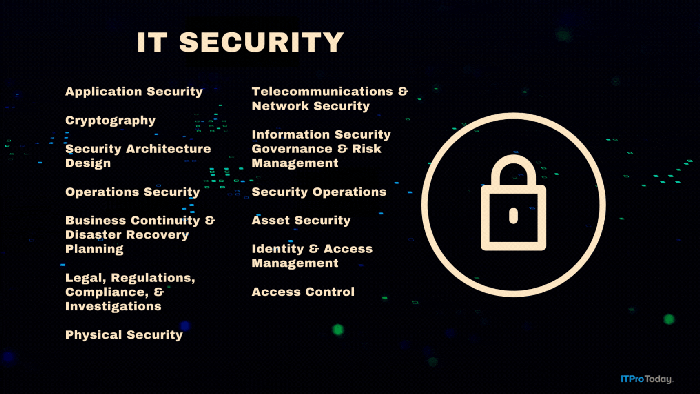The Gartner Magic Quadrant Critical to Satya's Vision for Microsoft
Microsoft is steadily acting on Satya's Cloud First vision, but it's failing on the Mobile First piece.
June 4, 2014

Microsoft is definitely making inroads into several key areas in the Gartner leader quadrants. Earlier this year, the company was placed firmly behind Salesforce.com on the Enterprise Application Platform as a Service (or, Enterprise aPaaS) leader board. Just days ago, Gartner announced that Microsoft was new leader entry into the Infrastructure as a Service (IaaS) area, behind Amazon Web Services (AWS).
If someone were to put together a report card (stay tuned, I'm working on this) for Satya Nadella's first 100 days as Microsoft's chief, it would be hard to dismiss that he's off to a great start, injecting himself into just the right events – and showing up in a few surprising places. That report card would be solely tied to his Mobile First, Cloud First strategy. Based on Gartner leader boards alone, at least half of that strategy is in full swing.
Now, I'm not suggesting that Gartner glory has anything to do with anything, really. For most of us, Gartner is a yard stick, not a goal line, and rarely shows anything more than just Gartner opinion that sometimes doesn't pan out completely. Still, from a marketing perspective, Gartner's insight is important for vendors who are desperately looking to make a big splash in key areas.
So, a recent report on the state of the Enterprise Mobility Management (EMM) quadrant (once called Mobile Device Management (MDM)) shows that the other piece of Microsoft's strategy, the mobile part, hasn't quite gotten the attention of Gartner, at least. EMM is a vast market and each vendor taking part has a lot of history and experience in the area. Talking with EMM vendors over the past few years at events like TechEd and MMS, it's clear that they have a good handle on the complexity of mobile management. But, it's also clear that Microsoft wants to be there.
Brad Anderson, TechEd keynoter and owner of the Cloud Plus Enterprise (C+E) area at Microsoft, has a series on Enterprise Mobility from the Microsoft perspective, covering the company's beliefs and ideas behind its push into the mobile management market. Though the series started out gangbusters, it's since taken a hiatus, with only 4 of the 12 proposed pieces seeing the light of day. I'm positive the series will continue, and it must if Microsoft is to fulfill the Mobile First piece of Satya's vision and at least gain mindshare in the space.
Content is one thing, but action is another entirely. It's easy to dream and talk about what the fulfillment of that dream might look like, but making the dream a reality is a tough prospect. One of the most talked about aspects of Satya's persona since taking leadership at Microsoft is that he's about acting on his vision and doing so decisively. And, he's backed that up time and again already in his short tenure.
Mobile First is not about physical devices, if that were the case the acquisition of Nokia's smartphone business would have put Microsoft somewhere in Gartner's report. Some may argue that Microsoft is successfully moving ahead with its Mobile First strategy by releasing Office for iPad and the rumor that Office Touch for Android will release before the Windows version. But, really, Mobile First is about providing an ecosystem and an experience where it's easy to manage, control, and secure mobile devices connecting to the corporate network. Microsoft has a long way to go in this area. While Microsoft was busy trying to reinvigorate Windows over the past few years, strong leadership was built in the EMM industry with AirWatch, MobileIron, SOTI, and others developing robust and respected solutions. People talk about the Cloud as the big pie piece, but in truth it’s the Mobile slice that is going to give Microsoft the most trouble.
Microsoft has cobbled together bits and pieces of their EMM technology strategy over the past couple years, culminating in half-baked, also-ran solutions like Windows Intune and Work Folders, but it's more of a toolset than a complete suite. The vendors already established in this market have so much more to offer. But, this is the way Microsoft generally enters the scene – providing good-enough technology at a price low enough to make companies weigh price versus completeness.
Microsoft is fulfilling Satya's Cloud First vision with the Azure team piling up new features and services almost weekly. But it's the Mobile First vision that needs work. And, unless Microsoft can provide a cohesive set of technologies, this piece of the leadership puzzle may be out of reach for a while.
If Microsoft is to deliver the same level of advancement for Mobile as they are already doing for the Cloud, personally, I believe they'll need to pull out the checkbook. There are some very strong players in the EMM market today that already integrate with and connect into Microsoft's System Center suite, which would greatly minimize time to market and shorten the timeline for the Mobile First strategy to come to fruition. Microsoft should use the latest Gartner Magic Quadrant for EMM as a shopping list.
Read more about:
MicrosoftAbout the Author
You May Also Like







.png?width=700&auto=webp&quality=80&disable=upscale)